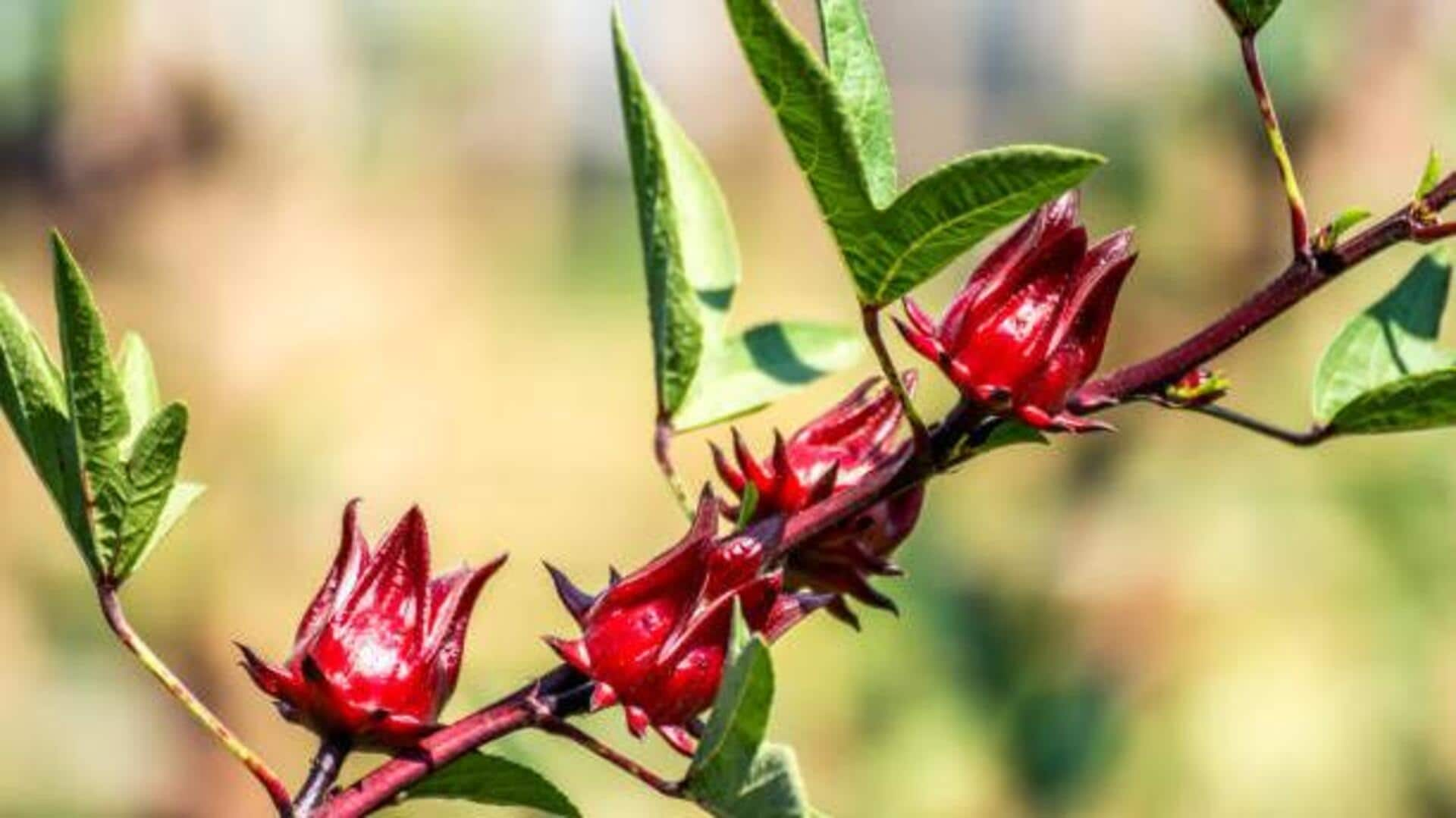Embrace Your Kitchen
The kitchen is an excellent place to show off your creativity. It’s a spot where one can experiment with flavors, explore new ingredients, and celebrate
the simple pleasures of preparing and sharing a delicious meal. Starting out can be a little intimidating, but the goal is to develop confidence and feel good about your cooking. It is important to have an attitude that allows for mistakes and learning. Don't be afraid to try different recipes or try new ingredients. Even if a dish doesn’t turn out exactly as planned, it’s an opportunity to learn and develop your skills. This approach transforms cooking from a chore into an enjoyable adventure. Start by gathering the essential tools and ingredients. A well-stocked pantry and a selection of quality cookware will make the cooking process more enjoyable. Focus on fresh, high-quality ingredients to enhance the final flavor of your meals. Gradually expand your skill set by trying new techniques. This can include learning how to properly chop vegetables, mastering the art of sautéing, or experimenting with different cooking methods like baking or grilling. The main idea is to make the process fun.
Explore Global Flavors
One of the most exciting aspects of cooking is the opportunity to travel the world through food. Each cuisine offers a unique combination of ingredients, spices, and cooking techniques that reflect the culture and history of a particular region. The Indian culinary tradition, for instance, is celebrated for its vibrant use of spices, such as turmeric, cumin, coriander, and cardamom, which not only add flavor but also offer numerous health benefits. From the rich curries of the north to the flavorful seafood dishes of the south, Indian cuisine is known for its bold and diverse flavors. In contrast, Italian cuisine emphasizes fresh, simple ingredients, such as olive oil, tomatoes, garlic, and basil. Classic dishes like pasta, pizza, and risotto highlight the beauty of seasonal produce and traditional cooking methods. Exploring different cuisines means more than just following recipes; it's about understanding the cultural context behind the dishes. Try to learn a little about the history and traditions behind the foods. Consider trying new ingredients and techniques, such as learning how to use a wok for stir-frying or mastering the art of making sushi rolls. Each experience will add a new dimension to your cooking journey. It’s all about creating an immersive experience.
Master Recipe Basics
Building a solid foundation in basic cooking techniques will make your culinary journey much more rewarding. Once you understand the core principles, you'll be more confident to approach any recipe, whether it's a simple weeknight dinner or a complex dish for a special occasion. Begin with mastering fundamental skills, such as how to properly chop vegetables, which is essential for both safety and presentation. Use a sharp knife and a stable cutting board. Practice your knife skills by making uniform cuts, which helps the ingredients cook evenly. Learning how to sauté, which involves cooking food in a hot pan with a small amount of oil, is another essential technique. Sautéing is great for vegetables, meats, and seafood. Practice the art of creating sauces. Whether it's a simple vinaigrette or a complex reduction, sauces add depth and flavor to any dish. Start with the basics, like learning how to make a simple béchamel sauce or a flavorful tomato sauce. The journey of cooking basics helps lay the groundwork for more ambitious cooking endeavors. As your skills progress, don't be afraid to experiment with more advanced techniques. This will help you find your own unique style and expand your repertoire of skills.
Elevate Meal Presentation
The way a meal is presented can be just as important as the taste of the food itself. Presentation enhances the overall dining experience, making the food more appealing and enjoyable. You don't need to be a professional chef to create visually stunning dishes. There are simple techniques you can use to transform your meals into works of art. Start by using a clean plate and arranging the food in an intentional way. Consider the colors, textures, and shapes of the ingredients. Create a visually appealing plate that is pleasing to the eye. Experiment with garnishes to add both flavor and visual interest. Fresh herbs, edible flowers, or a drizzle of olive oil can elevate the look of a dish. Another simple technique is to vary the height and arrangement of the food on the plate. Try stacking elements, creating layers, or arranging ingredients in a way that allows each component to stand out. If you're serving a dish with sauce, consider how to present it. You can drizzle the sauce artfully, or place a small spoonful of sauce on the plate and then arrange the other components around it. Presentation is all about having fun.
Cook with Confidence
The most significant aspect of cooking is the feeling of confidence that you will get with each new experience. Believe in your abilities and don't be afraid to try new things. View each cooking experience as an opportunity to learn and grow. There will be times when a dish doesn't turn out as planned, and that is okay. Everyone makes mistakes, and it is important to embrace them as learning opportunities. One thing that helps with this is thorough preparation. Read through the recipe from start to finish before you begin cooking to ensure you understand all the steps and have all the necessary ingredients and equipment. Measure out all your ingredients. This will help you streamline the cooking process and avoid any last-minute surprises. Take your time, and don’t rush. Cooking should be an enjoyable experience, so take a moment to savor the process and enjoy the aromas and flavors as they develop. If you feel like you need help, watch videos and read reviews. With each experience, you will gain more confidence and skills, and will have the capability to create wonderful meals for yourself and others.










